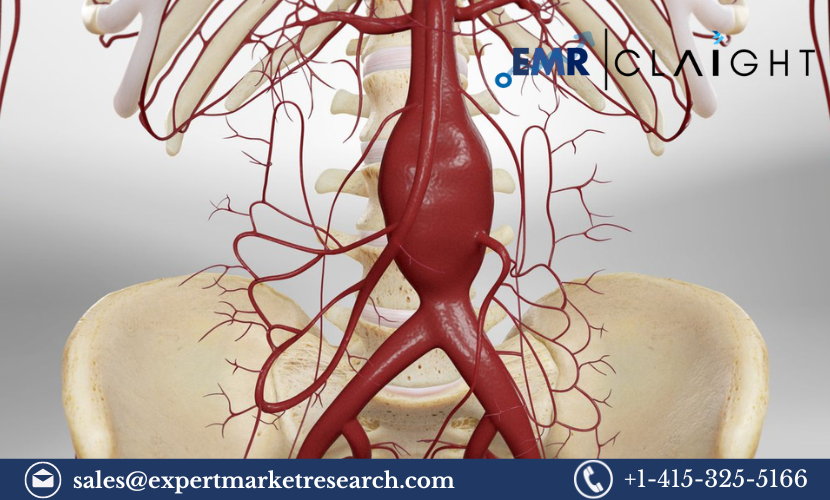In the field of pain management, accurate diagnosis is key to developing effective treatment plans. Electrodiagnostic testing (EDX) plays a pivotal role in helping physicians uncover the root causes of nerve and muscle pain. This advanced testing method includes procedures such as electromyography (EMG) and nerve conduction studies (NCS), which offer valuable insights into the functioning of muscles and nerves.
In this blog, we’ll explore what electrodiagnostic testing is, how it works, and why it’s an essential tool in pain management.
What is Electrodiagnostic Testing?
Electrodiagnostic testing refers to a group of procedures that evaluate the electrical activity of muscles and the function of nerves. It is primarily used to diagnose conditions that affect the peripheral nervous system and muscles, such as:
- Neuropathy
- Radiculopathy (pinched nerves)
- Myopathy (muscle disorders)
- Carpal tunnel syndrome
- Sciatica
By detecting abnormal nerve signals or muscle activity, electrodiagnostic tests help doctors pinpoint the exact cause of a patient’s pain, which can be critical for creating a targeted treatment plan.
Types of Electrodiagnostic Tests
There are two primary types of electrodiagnostic tests used in pain management: electromyography (EMG) and nerve conduction studies (NCS).
1. Electromyography (EMG)
Electromyography measures the electrical activity in muscles. During this test, small, thin needles (electrodes) are inserted into the muscle to detect electrical signals. When muscles contract or relax, they emit electrical signals that can be measured and analyzed. Abnormal electrical activity can indicate muscle dysfunction or nerve damage, often a contributing factor to chronic pain.
Conditions diagnosed with EMG include:
- Muscle disorders like muscular dystrophy
- Peripheral nerve disorders such as neuropathy
- Motor neuron diseases like amyotrophic lateral sclerosis (ALS)
2. Nerve Conduction Studies (NCS)
Nerve conduction studies measure the speed and strength of electrical signals as they travel along the nerves. During this test, electrodes are placed on the skin near the nerves being tested. A small electrical impulse is sent through the nerve, and the response is measured. This test helps identify nerve damage, its location, and severity.
Conditions diagnosed with NCS include:
- Carpal tunnel syndrome
- Peripheral neuropathy
- Pinched nerves (radiculopathy)
- Thoracic outlet syndrome
The Role of Electrodiagnostic Testing in Pain Management
When patients experience unexplained pain, especially in the muscles, arms, legs, or lower back, EDX can provide critical information. Here’s how these tests contribute to effective pain management:
1. Accurate Diagnosis
Chronic pain can be challenging to diagnose because of its many possible causes. Electrodiagnostic testing allows physicians to pinpoint the exact location of nerve or muscle dysfunction. By identifying the precise source of pain, doctors can tailor treatment plans to the specific condition, improving outcomes.
2. Guiding Treatment Options
Once a diagnosis is confirmed, EDX results help guide the treatment process. For example, if a nerve issue like radiculopathy is diagnosed, doctors can recommend treatments such as physical therapy, nerve blocks, or surgery to alleviate pain. Understanding the underlying cause of the pain allows for more targeted and effective interventions.
3. Monitoring Progress
Electrodiagnostic testing isn’t just useful at the diagnostic stage. It can also be employed during treatment to monitor progress. Doctors can use follow-up tests to see how well a patient’s nerves and muscles are responding to treatments like physical therapy, medications, or surgery.
4. Preventing Further Damage
In cases where nerve or muscle conditions are progressing, electrodiagnostic tests can detect early signs of further damage. This information allows doctors to adjust treatment plans before the condition worsens, potentially preventing long-term or irreversible damage.
Common Conditions Diagnosed Through Electrodiagnostic Testing
Electrodiagnostic testing is crucial for diagnosing several pain-related conditions, including:
- Peripheral Neuropathy: Damage to the peripheral nerves, often causing pain, tingling, or numbness, particularly in the hands and feet.
- Radiculopathy: Compression of a nerve root in the spine, often resulting in back or neck pain that radiates to other areas.
- Carpal Tunnel Syndrome: Compression of the median nerve in the wrist, causing pain, numbness, and weakness in the hand.
- Sciatica: Irritation of the sciatic nerve, leading to pain that radiates from the lower back down the leg.
- Muscle Disorders: Conditions such as muscular dystrophy or myopathy that cause muscle weakness and pain.
What to Expect During Electrodiagnostic Testing
Electrodiagnostic tests are generally performed in a medical office and take between 30 minutes to an hour. During EMG testing, small needle electrodes are inserted into the muscles, and patients may feel slight discomfort. NCS involves placing electrodes on the skin and delivering small electrical pulses, which some patients describe as a mild tingling sensation.
These tests are typically well-tolerated, and the information gained from them is invaluable for diagnosing and managing pain-related conditions.
Conclusion
Electrodiagnostic testing is a vital tool in pain management, providing precise diagnostic information that guides treatment and improves patient outcomes. By evaluating nerve and muscle function, these tests help doctors develop targeted therapies that address the root causes of pain.
If you’re experiencing chronic pain, particularly in your muscles or nerves, electrodiagnostic testing may be an important step in identifying the problem and finding relief. Always consult with your healthcare provider to see if EDX is the right diagnostic tool for your specific condition.




